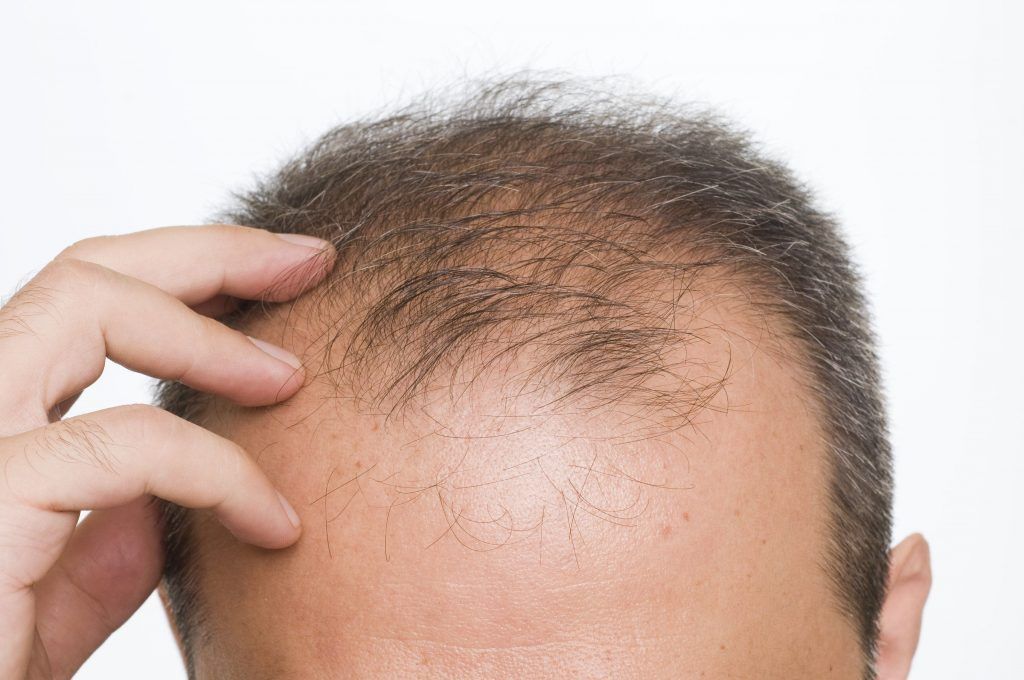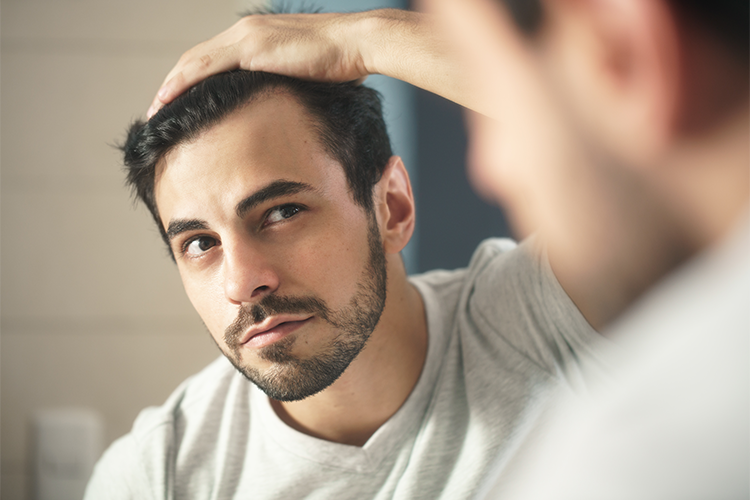Millions of people suffer from thinning hair, hair loss, and balding, and about 400,000 of them will seek a hair restoration or transplant procedure. Hair loss and balding occur when hair follicles are damaged and essentially “die.” During a hair transplant, small groups of healthy hair follicles called grafts are removed from a donor site somewhere else on the head and transplanted to the site with thinning or no hair.
One FUE Hair transplant session can take six or more hours, during which the hair surgeon will transplant several hundred or thousand tiny grafts. You may need multiple sessions to achieve your desired hair or if you continue to lose hair.
A hair transplant is an investment of time and money, and the optimal results of a hair transplant surgery are heavily dependent upon the care you take post-procedure. You want to make sure you give the newly transplanted hair grafts time to heal properly. This means taking the appropriate precautions to avoid hair growth or density problems in the future.

The Results to Expect After an FUE Hair Transplant
Waiting for your hair to grow back can be both exciting and frustrating and we get a lot of questions from patients in the first months after their procedure. We stay in touch with all of our patients during this time, to help them understand what to expect.
It’s very common for our patients to get in touch after four or five months, worried that their new growth isn’t coming yet or it’s coming in a bit patchy. At this stage, this is common and not a cause for worry.
The reality is that, although every patient is different, four, five, or even six months is often the very beginning of new hair growth. The full results of your FUE procedure may not be visible for as many as nine, twelve, or even eighteen months.
Again, every patient is different and there is always some variation in new hair growth.
1 DAY POST PROCEDURE
Directly after surgery the grafts will be extremely sensitive. It takes roughly five days for the follicles to attach to a blood vessel under the skin which supplies them with food, oxygen, and energy.
The post-care protocol will fragment your sleep leaving you fatigued throughout the first few days of recovery. Being diligent with our post-surgery instructions will help to give you the best possible result.
2 – 7 DAYS POST PROCEDURE
With the transplanted hair follicles placed in position, you can now see the new hairline. At this point, the scalp needs time to heal. You will see scabbing in two locations on the scalp: on the donor site (where the hair follicles were harvested), and on the placement site. These scabs are small, so they heal quickly.
You might experience local swelling which usually goes away in a few days.
The scalp may have some minor soreness or tenderness. Over-the-counter pain medication can be used if desired. During the first week of recovery, it is important to follow our Specialists Instructions. For example, the grafts shouldn’t be touched, and you will need to follow a specific showering and hair washing protocol during the healing process.
STEP BY STEP GUIDE TO RECOVERY AFTER YOUR HAIR TRANSPLANT
1 MONTH POST PROCEDURE
A few weeks after the transplant surgery, you will see that the transplanted hairs are starting to fall out. Don’t worry! This process is normal. When hair follicles are moved, hair growth pauses for a short time while the follicle adjusts to the new location.
It is a natural part of the growth cycle to have old hair falling out. With time, you will see that new hairs will regrow at the graft site. It takes time for the new hairline to look full and normal.
6 MONTHS POST PROCEDURE
At the 6-month point, the hairs will be growing well and you will see the density filling in. The hair quality will be improved and you will see that hair growth is steady.
Even though you can see significant progress, know that these aren’t the final results of your hair transplant procedure. The hair will continue growing with time.
1 YEAR POST PROCEDURE
Near full hair density is achieved about a year after the hair transplant procedure. Now, the hair growth is more prominent and you are enjoying an increased rate of growth.
You will continue to see increasing density with the current hairline as well as added density in the appearance of the hair.
18 MONTHS POST PROCEDURE
It can take up to 18 months after a hair transplant procedure for you to enjoy the full benefits of this treatment. You have the freedom to wear your hairstyle of choice, and no one will be able to see that you have had a hair transplant. At this point, the transplanted hairs are well-established and growing normally. The results of a hair transplant are permanent.

How Should Nutrition After Hair Transplantation Be ?
Vitamins that are good for hair; Although vitamins A, E, C, D and B are listed, it is important to note that the effect of each vitamin group on the hair is different. B vitamins are the group of vitamins that have a significant effect on hair health and development. Among B vitamins, especially B12 and B7, also known as biotin, have significant effects on hair health. Vitamin B7, also known as vitamin H, is found in almost all foods, but is found mainly in egg yolks, almonds, peanuts and soy, and can be synthesized by small intestine bacteria as well as being imported from food. A parenthesis about vitamin B7 is that it is an effective vitamin not only for hair health but also for the health of the skin. Considering the effects of vitamin B7 on hair health; It is possible to say that nutrients such as egg yolks containing B7 in their structure constitute the first food groups that should be taken into consideration after the hair transplantation process.
Vitamin B12, which has a very low density in vegetables and which should be mainly obtained from animal foods, contributes to the hair growth and healing process by triggering the production of hemoglobin, which provides oxygen delivery and has a complex protein structure. Considering that vitamin B12 is found in protein-based foods such as meat, fish, milk, at this point; ‘What vitamin is good for hair?’ It is necessary to talk about the effect of proteins on hair. Keratin is a protein-based substance that forms the basic point in the structure of hair, skin and nails, and is therefore a nutrient group that has a direct effect on the health and development of hair. As a matter of fact, the deficiency of proteins, which are the most important nutrient group required for tissue repair, is felt in the body. Looking at all these; It is clearly seen that meat, dairy or fish-like animal foods that will be consumed in the post-hair transplant operation will contribute to the shortening of the healing process in terms of both B12 and protein.
Due to its effect on hair loss, vitamin D, which is one of the vitamin groups to be considered at the point of post-hair transplantation, is activated in the contact of sunlight to the skin and is found in animal foods such as protocol, fish, egg and fish oil. Therefore, when we look at the vitamin groups examined until this stage, it is necessary to state that animal foods are recommended for nutrition after hair transplantation and that meals programmed with protein-rich foods can contribute to the healing process on a large scale.
If you are interested in more information about hair transplant recovery, our team at Expert Surgeries is here to assist you. Contact us any time to schedule a consultation with our specialist, one of Turkey’s leading Hair transplant centers.






